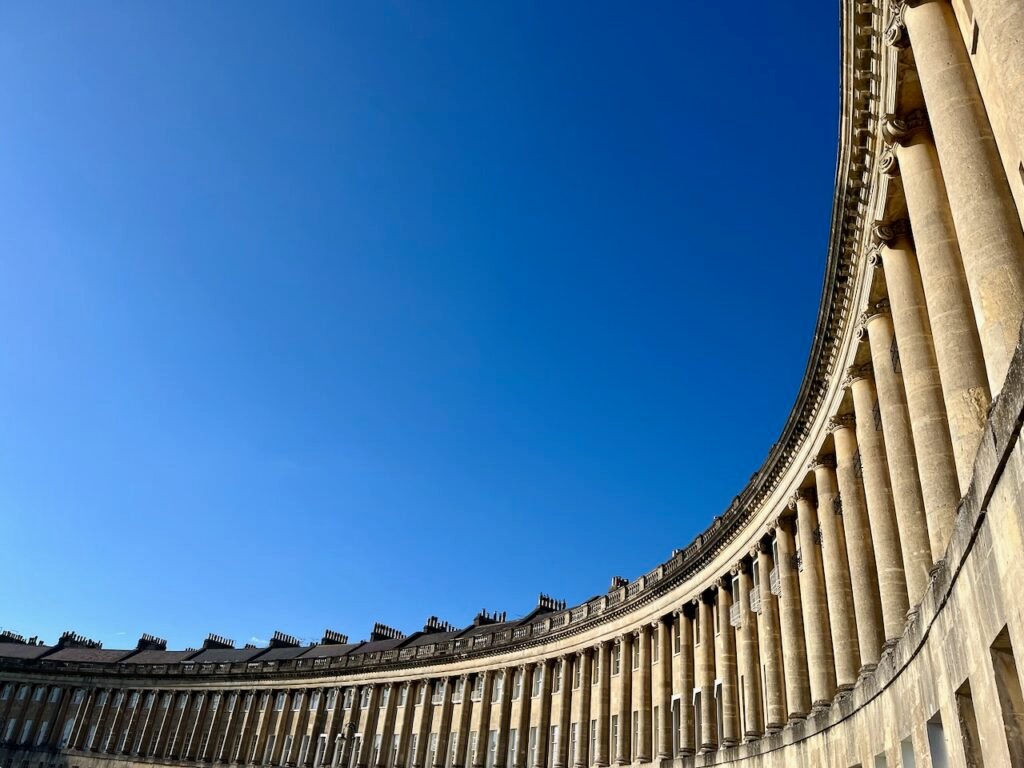
After Liverpool, Conwy. Via Bangor, very briefly. (All I’ll say is that if you tell people you’re going on holiday to X and their response is ‘X? Really?’, that should probably be taken as an opportunity to rethink your travel plans.)
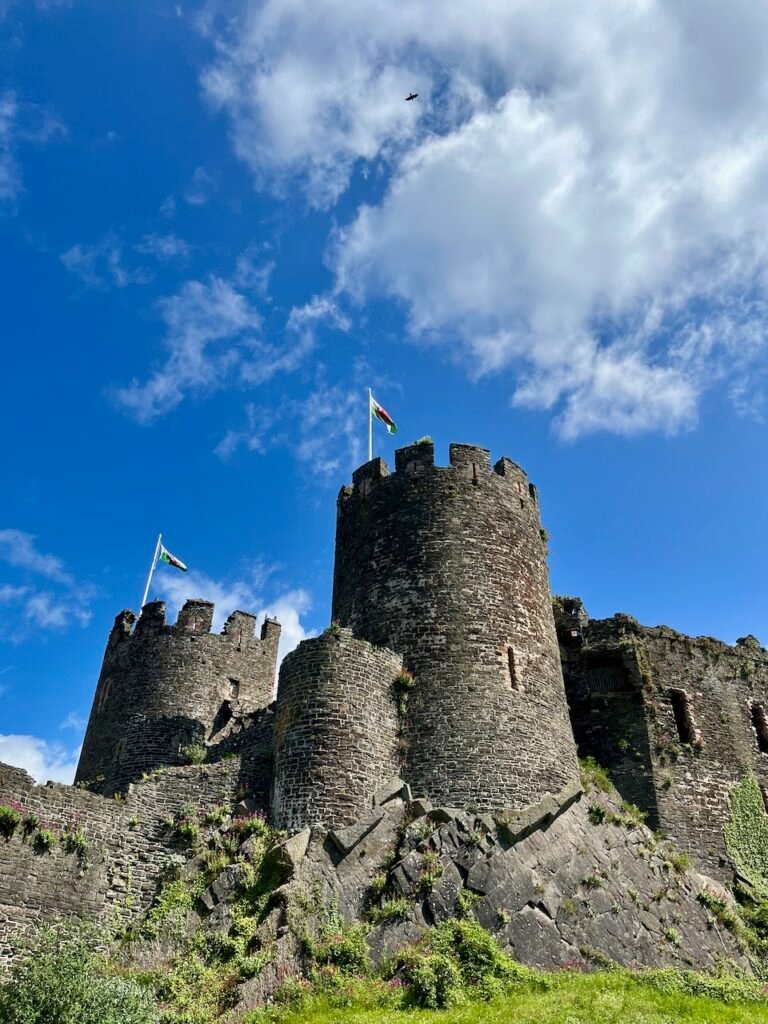
Conwy is a pretty walled town in North Wales, built around a 13th-century castle built by Edward I. I’ve been here before and loved it, and even wrote three blog posts about it, so I won’t go on about it again here. It was Cathy’s first time to Conwy and she loved it too, so hopefully we’ll be back!

I’ve been to Caernarfon before, too, and crawled over the magnificent castle, also built by Edward I. (Seems to be a pattern there; wonder what the deal with that was.) This time, we were on a tour bus with an itinerary, so we just wandered around the town, which is also pretty.

Our main destination that day was Portmeirion, which, again, pretty, but in a very odd way. It’s a fantasy village built mostly across the 1920s–1930s and 1950s–1960s to the design of Clough Williams-Ellis, last seen in these posts advocating for the aerial destruction of Stonehenge. The architecture is a fantastically out-of-place Italianate Baroque style. As nice a place for an ice cream as it is for a dystopia!

‘How Green Was My Valley‘ is a phrase that gets trotted out for images like this, probably, so I won’t be so dully conventional. This is in Snowdonia, a view (if my geolocating is to be trusted) down the Nant Gwynant valley towards Llyn Gwynant, the lake in the distance. Snowdon/Yr Wyddfa itself is a few kilometres to the west. I think this was about as close to actual nature as we got on this trip.
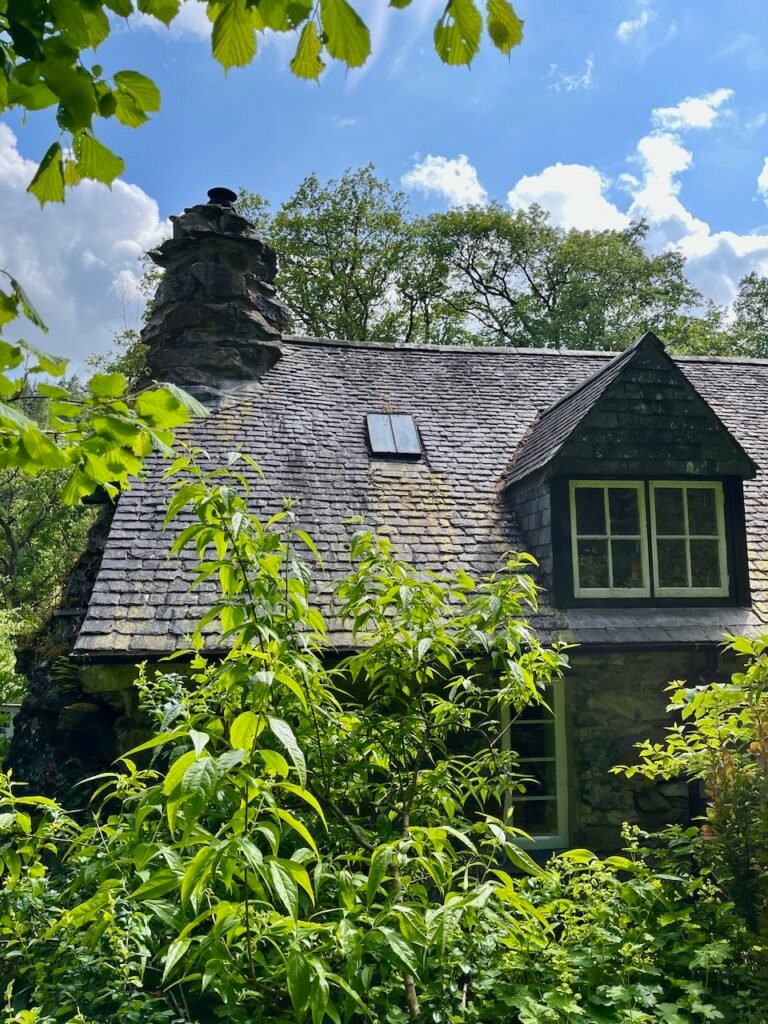
Ty Hyll, the ‘ugly house’, in Capel Curig, a pretty little valley town in Snowdonia. If you believe our tour guide, it was built in one night about five centuries ago. If you believe the historical society headquartered on the site, it’s more likely to be a late 19th century folly. Well, I know where I’d put my money!
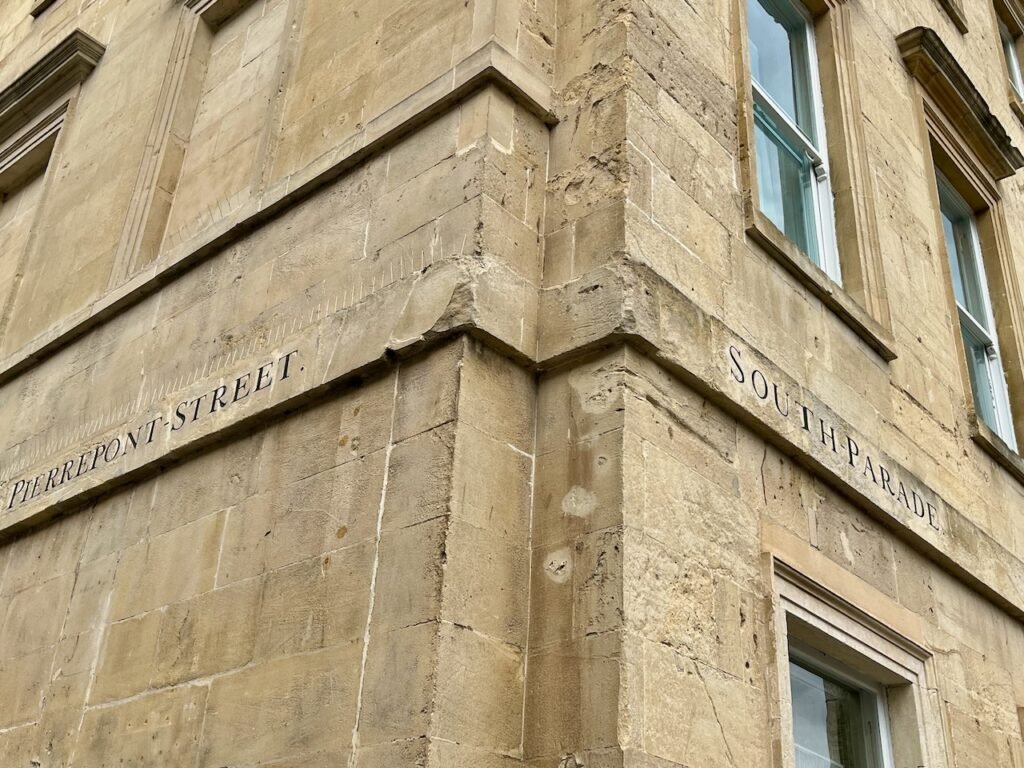
After Conwy and environs, Bath, which was also… pretty. (There must be other words for that, but I can’t be bothered looking them up now.) I mean, look at the Royal Crescent, at the top of the post. Just ridiculous. And above, a more or less random street corner. So historic! (I’ve checked and I don’t think those pockmarks are blitz damage. Please correct me if I’m wrong!) The whole place is basically one big heritage site, which must be annoying to live in, much of the time, but it’s great for tourists.

Bath is yet another of those places where that fascinating layering of history is so visible, because as well as all that Austeniana you get the Romans too, though here admittedly it’s mainly concentrated in one place: the Baths, built on a spring sacred both to the local inhabitants and the Roman rulers.
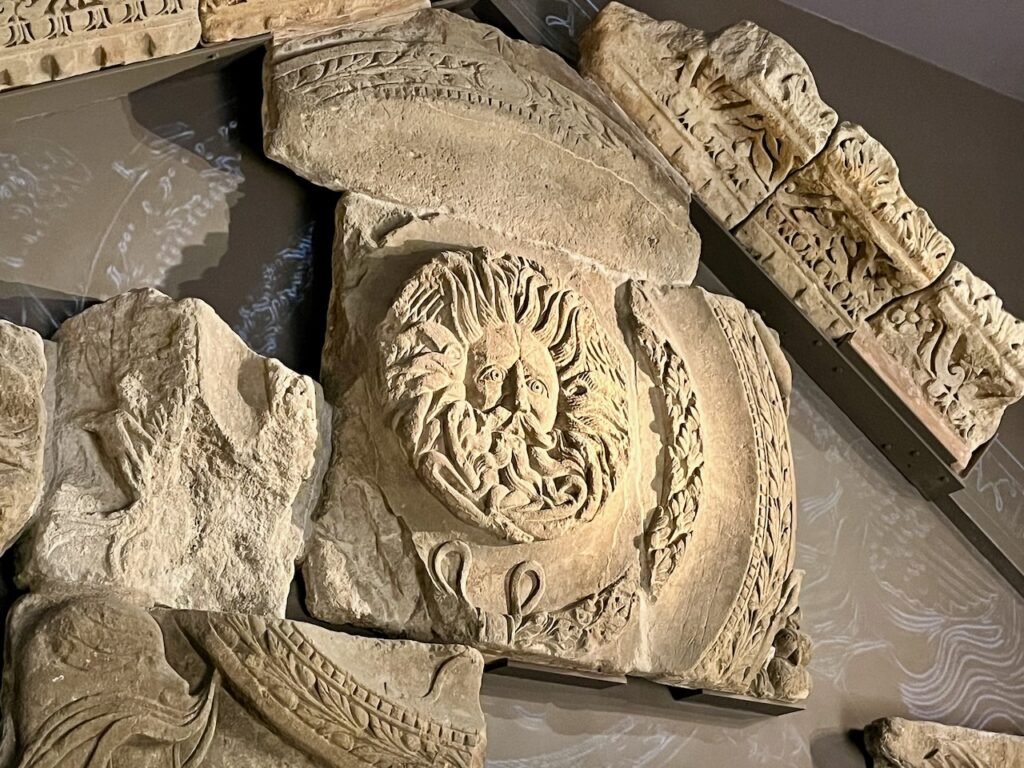
The so-called ‘Gorgon Head’ from the temple to Minerva which stood at this site, apparently a syncretistic image embodying aspects of a local god. The Roman Baths museum is excellent, containing many artefacts which were found nearby (often fished out of the spring, where they had been thrown as votive offerings).

That metal disc embedded in the ground is the (presumably somewhat approximate) spot where William Herschel’s telescope was in 1781 when he discovered Georgium Sidus (eventually renamed Uranus). It’s in the backyard of his former home at 19 New King Street, Bath, now the Herschel Museum of Astronomy, which as well as giving a great overview of the lives of William, his sister Caroline Herschel – a great astronomer in her own right – and William’s son John Herschel – ditto – is a nicely preserved Georgian townhouse.

Inside Bath Abbey, formerly a monastic establishment dating back to the 7th century, rebuilt in the 12th, became a cathedral in the 13th, restored then dissolved in the 16th, and restored in the 19th. This is a memorial to one Joseph Sill, died 1824.
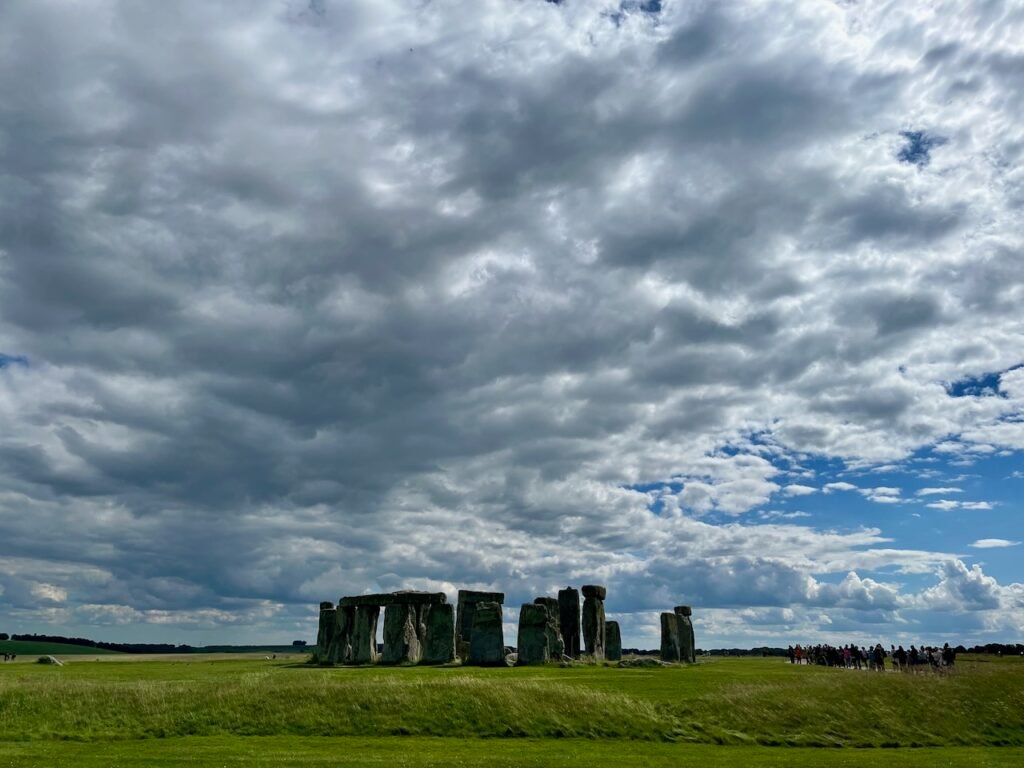
Even though I’ve been here before too, the obligatory ‘I was here’ photo. (I’m glad Williams-Ellis didn’t have his way!)
Next: back to London (and elsewhere).
![]() This work is licensed under a Creative Commons Attribution-NonCommercial-NoDerivatives 4.0 International License.
Permissions beyond the scope of this license may be available at http://airminded.org/copyright/.
This work is licensed under a Creative Commons Attribution-NonCommercial-NoDerivatives 4.0 International License.
Permissions beyond the scope of this license may be available at http://airminded.org/copyright/.




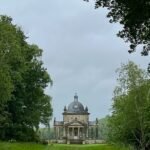

So you didn’t have a lovely time the day you went to Bangor?
(ref https://www.youtube.com/watch?v=wfwQi8L9h8M)
That’s evidence that it’s at least possible, I suppose!